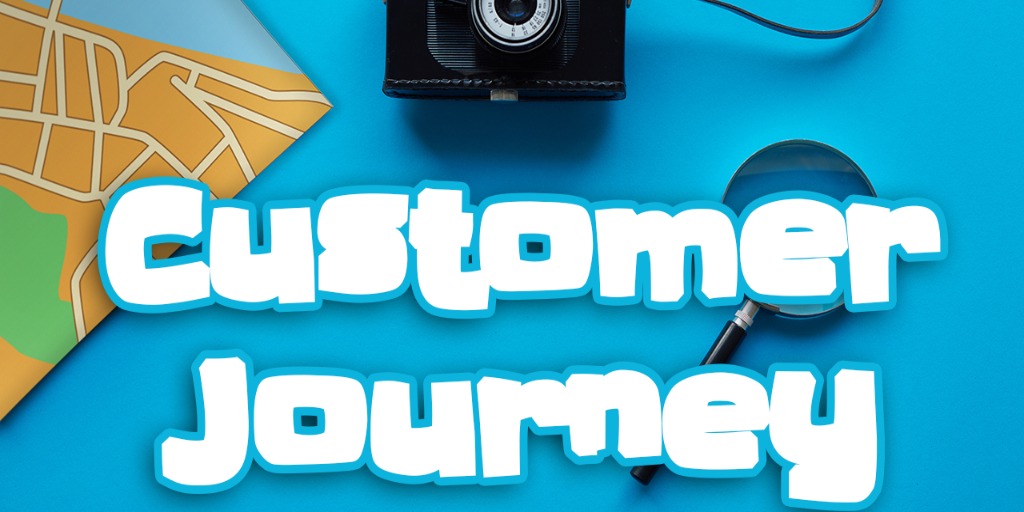Understanding Customer Journey
Customer journey represents the experience your customer goes through when visiting and interacting with all aspects of your E commerce business, from first finding you or your product through marketing, right through to purchasing, delivery and aftersales service.
“Give the customers what they want and how they want it”
“Give the customers what they want” is an adage that traces back to Mom and Pop stores that is most relevant in modern effective eCommerce today.
First we build a picture of our customers. Where they are coming from? What interests them? What turns them off? And, what connects? Then we present it to them.
Successful Mom and Pop stores had a talent for making mental and written notes on customers. This customer likes to be chatted to, and another wanted to be left alone to browse. By learning the personal preferences of each customer the shop was able to build a level of service based on familiarity and trust. Modern eCommerce must observe digitally by collecting and analyzing data collected through the users interactions with all channels of the business.
Customer Journey Map
An efficient ecommerce operation will plan for every aspect of this journey to ensure each part is well managed and runs seamlessly to offer shoppers the best customer experience possible while also ensuring business flows. Often a customer journey map is used to give a high level view of operations. This level of oversight will help plan to ensure all management department's are communicating properly to reach predefined goals of the company.
When planning a website’s customer journey you first have to put yourself in the mind of your shopper. Obviously your customers we'll all have different experiences. The goal is to get an average picture of all experiences to mitigate against cart abandonment and increase the likelihood of repeated sales.
Flow Charts
Customer journey flowcharts are useful tool in visualizing that journey and planning your journey. It is important to get the right information rather than guessing. So how do we do this?
DOWNLOAD FREE FLOW CHART
Build a picture of the different user types using Persona’s
Get customer feedback through conversation or feedback forms. Build in questions to your conversation relating to their journey when resolving issues or helping customers who have contacted you for support or simply send a customer satisfaction feedback form (if responses are low try, adding an incentive). Any and all information honed daily can be used to build up a persona and picture of your customers journey when buying online.
Analyze data to identify pain points
Tools such as Google Analytics offer behavioral flow reports that give an insight to what pages on your website the shopper visits. Build feedback analysis data tables or use CRM tools to build a picture and identify areas that need attention or are underperforming. Lookout for trends and drop off points that indicate a problem accruing for the user.
Keep on Top of changes
Website design and behavioral changes will change as you modify your business or through seasonal differences, so you must revisit your customer journey plan quarterly to assist in the efficient management of your site and its different operational teams.
Get the whole picture.
Where are your customers coming from and what area of your website, marketplace, app or kiosk are they visiting first? Most customers will review products or traders first before visiting when purchasing from a website. Where they're coming from and what page they are landing on will give you vital information on channels that are working or failing.
Again, Google Analytics can offer insight through there Top Conversion Paths Reports. If you find the socialist working for you, then you may want to concentrate on those channels.
Focusing on one aspect alone will not get the results you seek. It would be like getting the customer in the door and then letting them down by not having the stock. This will not only alienate your customer, it will lose any investment you have spent to get them in the door in the first place.
Bring in the Team
Every aspect of your business should work harmoniously. The Customer Journey Flow Chart can help filter responsibility to the right departments. By involving each department in the process your management teams will have a top level view of the overall operation and can plan their individual tasks knowing what each other needs.




